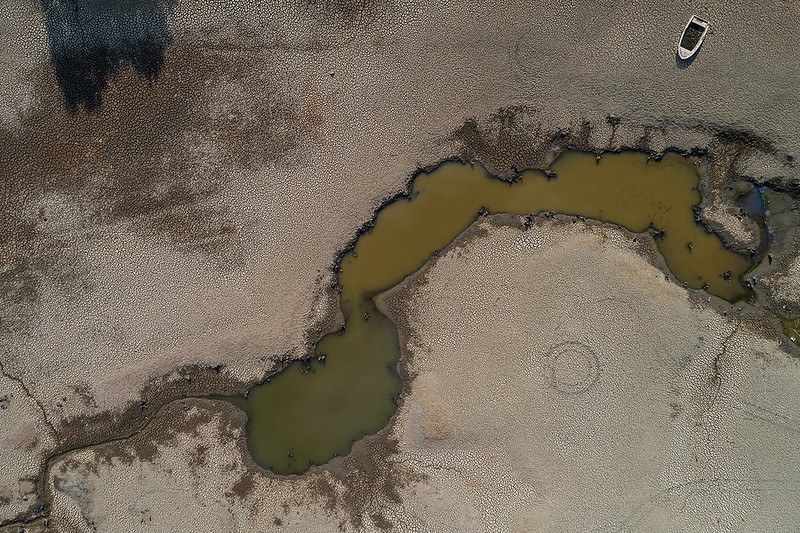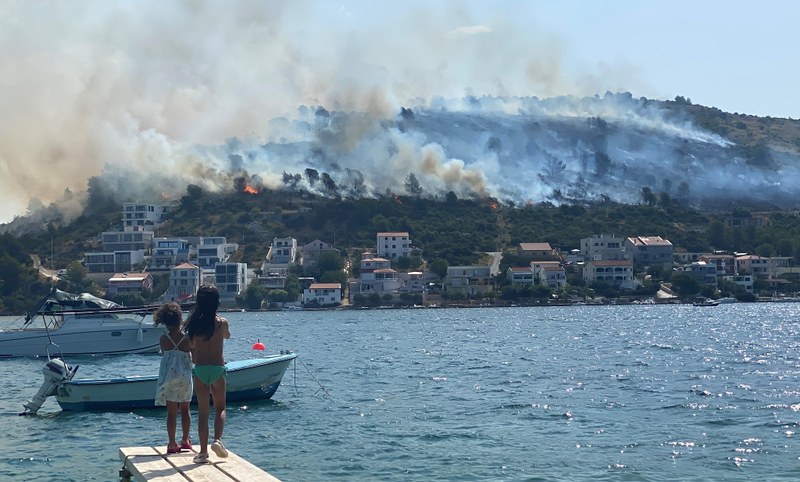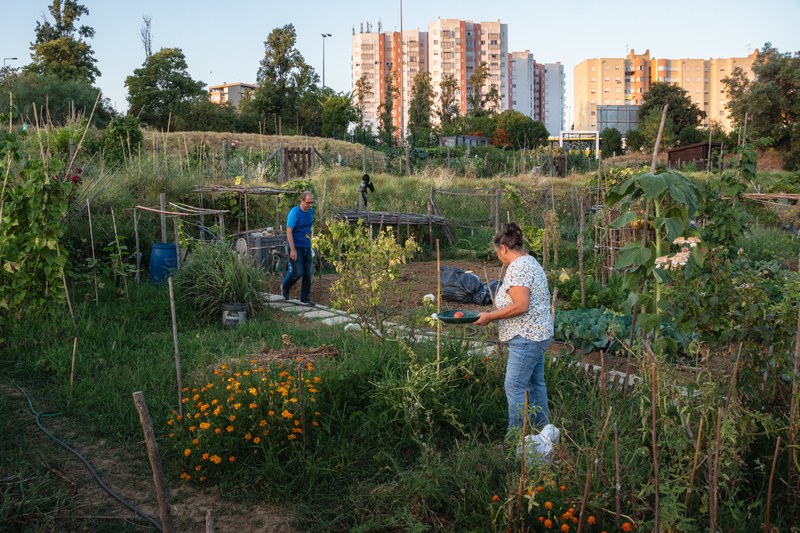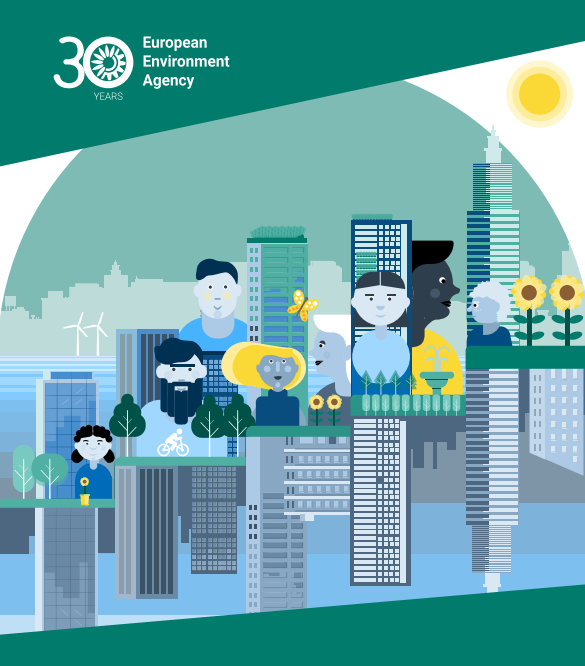All official European Union website addresses are in the europa.eu domain.
See all EU institutions and bodiesClimate change is already impacting Europeans’ daily lives and will continue to do so for the foreseeable future. Europe is expected to get warmer, some regions getting drier, while others wetter. These changes will not only impact our health but also the ecosystems we depend on. The EU is preparing to live with a changing climate through various adaptation measures.
Climate change is happening now — and even if we effectively reduce global emissions, it will continue to impact our lives. Flooding, droughts, heatwaves and other climate-related hazards are becoming more intense, longer and more frequent. These hazards carry significant health and economic impacts. Some communities and regions are more vulnerable, but over all, Europe is not prepared for rapidly growing climate risks.
Extreme weather events like storms, heatwaves and flooding accounted for 85,000 to 145,000 human fatalities across Europe, over the past 40 years. Over 85% of those fatalities were due to heatwaves. Economic losses from weather and climate-related extremes in Europe reached around half a trillion euros over the same period.
Less than a third of non-human losses were covered by insurance. Closing the climate protection gap by increasing insurance coverage can help increase societies’ ability to recover from disasters, reduce vulnerability, and promote resilience.
Building infrastructure that is resistant to hazards and using nature-based solutions like floodplains are examples of adaptation measures. Climate change adaptation measures are critical to increase our resilience and reduce disaster risks for all people in the EU.
Europe is not prepared for rapidly growing climate risks
Europe is the fastest warming continent in the world, and climate risks are threatening its energy and food security, ecosystems, infrastructure, water resources, financial stability, and people’s health.
Extreme heat, drought, wildfires, and flooding, as experienced in recent years, will worsen in Europe even under optimistic global warming scenarios and affect living conditions throughout the continent. The EEA has published the first ever European Climate Risk Assessment (EUCRA) to help identify policy priorities for climate change adaptation and for climate-sensitive sectors.
According to our assessment, many of these risks have already reached critical levels and could become catastrophic without urgent and decisive action.


How are extreme weather events influencing adaptation policies?
Climate risk assessments that take account of threats like heatwaves, droughts, floods and wildfires are increasingly being used to inform and improve national adaptation policies.
Heatwaves, droughts, floods and increasing wildfires were the top extreme weather events reported by national authorities in 2023. Many countries also reported that they expected an increase of frequency and intensity of these events.
Climate-ADAPT platform: Sharing adaptation knowledge for a climate-resilient Europe
Climate resilience must "leave no one behind"
As climate change impacts intensify across Europe, society must become better prepared — but everyone must be included. A new EEA report shows that vulnerable groups like the elderly, children, low-income households and people with disabilities, are most at risk and often do not benefit fairly from climate adaptation efforts.
The report urges all levels of government to put social justice at the heart of climate adaptation, with clear actions to build a resilient and inclusive Europe.


Cities are key to a climate-resilient Europe
The EEA report ‘Urban adaptation in Europe’ highlights the urgent need to adapt European cities to climate change and provides an overview of actions they are taking.
As European cities increasingly feel the impacts of climate change, such as heatwaves and floods, there is a clear case for investing in urban societal resilience, the EEA report states. Cities have an essential role in the implementation of adaptation actions.
European cities are adapting to climate change through a wide range of effective actions, including urban planning and building codes, economic incentives and insurance, early-warning systems and information campaigns. Emerging areas of opportunity for adaptation include promoting urban agriculture, creating more liveable public spaces and protecting cultural heritage.
They are also increasingly implementing nature-based solutions, which are included in 91% of local adaptation plans analysed in the report.
What are cities doing to adapt?
The Climate-ADAPT platform, which is maintained by the EEA, targets governmental decision-makers as well as the organisations supporting them in the development, implementation, and evaluation of climate change adaptation strategies, plans and actions at all governance levels in Europe. The platform currently includes 134 case studies for learning and to inspire action.
According to the new EEA briefing 'Preparing society for climate risks in Europe — lessons and inspiration from Climate-ADAPT case studies', the recently published European Climate Risk Assessment (EUCRA) stressed the need to scale up adaptation measures and actions across all policy sectors and governance levels to address escalating climate risks like extreme heat, drought, wildfires and flooding.

